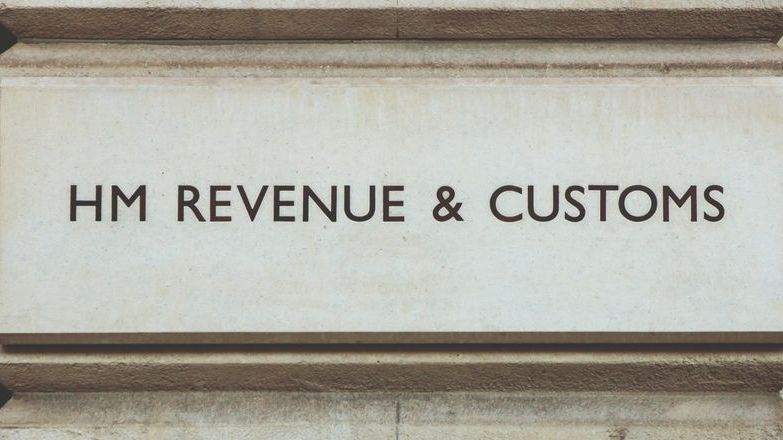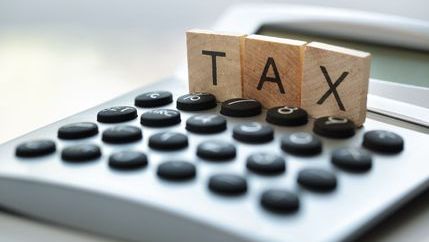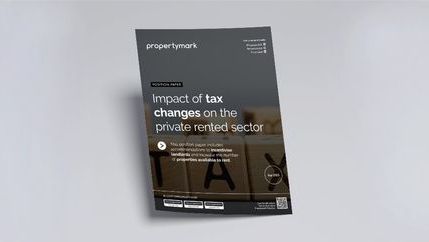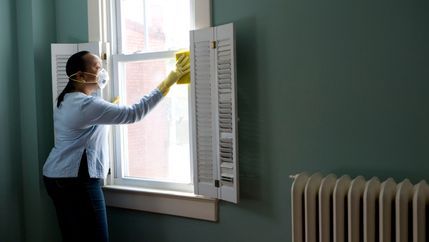
Property agents should make sure their clients understand that the rules around whether a property qualifies for lower SDLT rates are strict. If they’re unsure, they should seek professional advice and avoid anyone offering guaranteed tax reductions. Incorrect claims can lead to significant financial consequences, including repaying the full amount of tax, plus any deducted fees, interest, and penalties.
HMRC is cracking down on dishonest tax agents who encourage people to submit false claims, and they have the power to investigate and prosecute.
What does NSFU mean?
Determining whether a property is truly uninhabitable is a matter of fact and applies to only a very small number of buildings. If a property has been used as a home in the past, that’s relevant when considering its status.
A property doesn’t have to be ready for immediate occupation to be classed as suitable for use as a dwelling. For example, a home needing repairs, or modernisation may still count as a dwelling.
There’s a big difference between a derelict property with serious structural problems—such as being unsafe to live in or work on—and one that’s simply in need of updating or repairs. Properties in the latter category are still classed as dwellings.
Examples of properties that are still classed as dwellings
Issues like these do not mean a property is unsuitable for use as a home:
- The kitchen or bathroom has been temporarily removed
- Repairs are needed for windows, floors, or a roof
- A boiler or electrical wiring needs replacing
- Flood damage, dampness, or pest problems are present but fixable
- Structural issues that can be repaired
These are common problems that don’t prevent a property from being considered a home. They differ from extreme cases where a property is genuinely derelict and unsafe.
Support for agents
Propertymark has a consumer guide to property and land taxes in each of the UK nations which agents can share with their clients.
We also provide a comprehensive landlord guide which explains some of the tax issues surrounding property investment.
For more detailed information, HMRC’s guidance on SDLT and uninhabitable dwellings is available on the UK Government website. You can also watch their video, Stamp Duty Land Tax: When Is a Property Not Suitable for Use as a Dwelling?, on HMRC’s YouTube channel.






